Considerate Mexico City housing emerges from heritage transformation by Pedro y Juana
Mexico City housing T42 is born out of the transformation of a historical home by architecture studio Pedro y Juana

Against all odds, a boutique, modern Mexico City housing complex has been born out of the transformation of a 19th-century home into four apartments by architecture studio Pedro y Juana. The new design successfully negotiated community demands and its complex inner city context, balancing heritage preservation with the city’s need for new housing and densification. Yet it was also uncompromising in terms of local architects Ana Paula Ruiz Galindo and Mecky Reuss’ vision for a generous, liveable and locally authentic architecture.
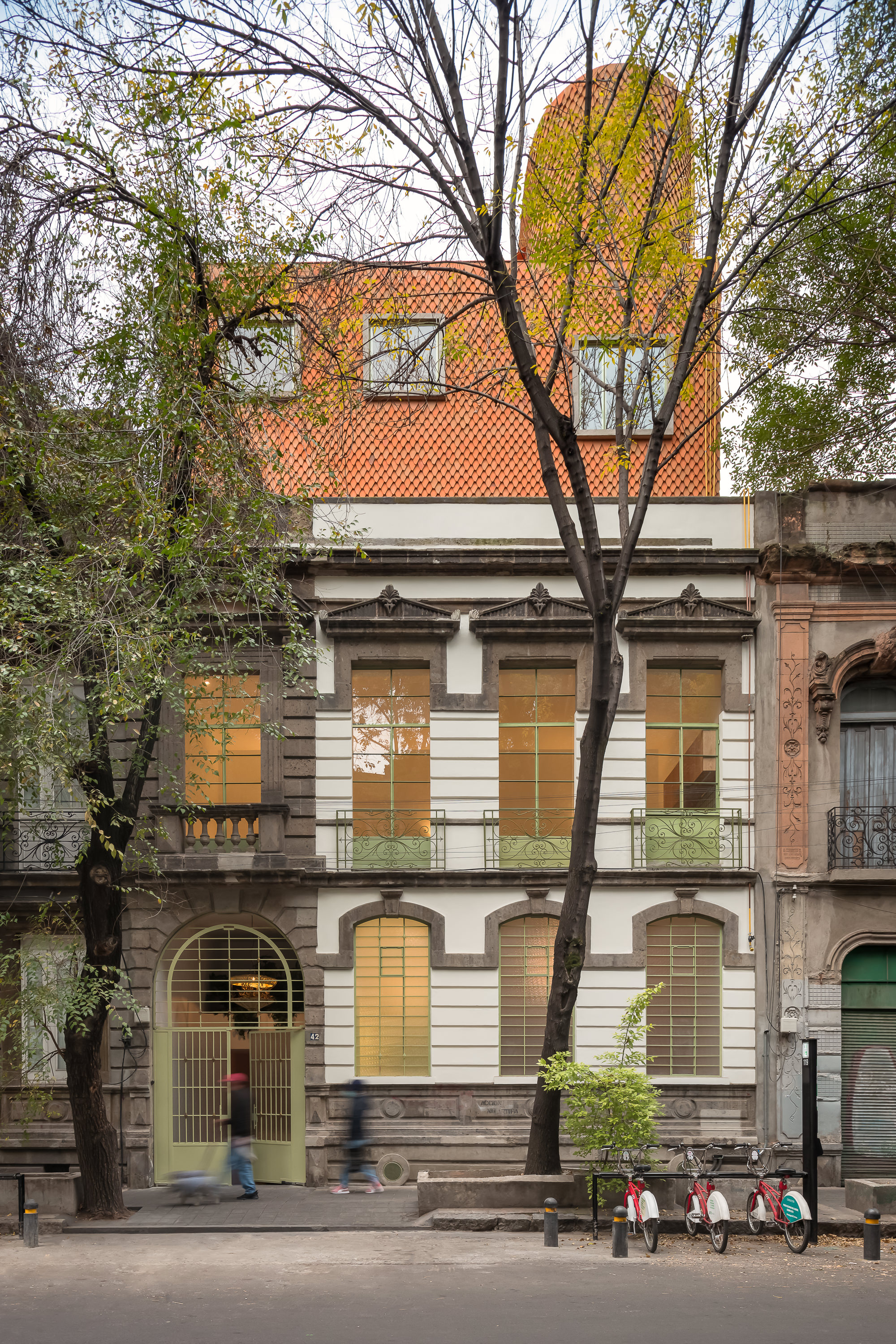
Mexico city housing T42 by Pedro y Juana
The pair discovered the once-abandoned house for sale on a walk through their own neighbourhood of La Colonia Juarez, an increasingly gentrified community of car mechanics and digital nomads. After recruiting investors, they bought the property and took on the ambitious role as novice developers and dynamic architects of its new future, keen to better understand the political dynamics of their locale. It’s safe to say they became initiated – collaborating over eight years with indigenous activists hosting organised squatters to their left, a newly protected heritage house to the right, as well as city bureaucracy.

Beyond and above its façade, the house opens up into a totally contemporary five-storey apartment building set around a traditional courtyard plan. Large square windows bring dual-aspect light and ventilation into every apartment. Each one also has a unique outdoor space, contributing to urban wellbeing.

'The city should have a memory, but there is also a future of architecture and creativity in Mexico City and that is a conversation that needs to be had – the city can’t be frozen in time,' says Galindo.
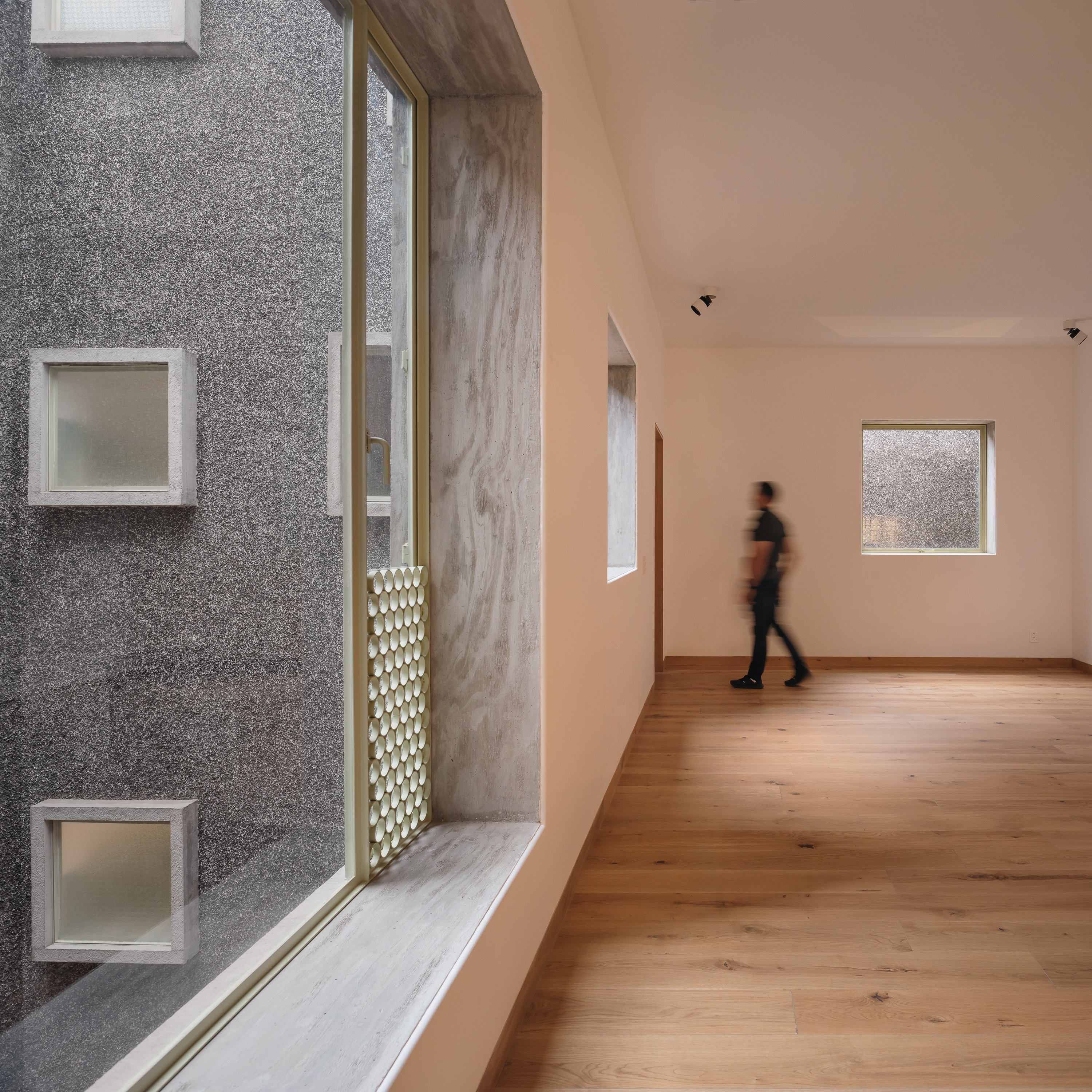
Suggesting a direction to this creative vision, the architects took an experimental approach to Mexican craft using cheap, readily available local materials. A volcanic rock aggregate clads the rear exterior, giving it a velvety, brutalist nature inspired partly by Mexico City’s Tamayo Museum. Custom teardrop-shaped clay tiles and traditional rectangular bricks clad the new volumes and terraces, while green-glazed Talavera tiles and exquisite board-marked concrete window ledges bring texture and depth to the minimal open-plan interiors.

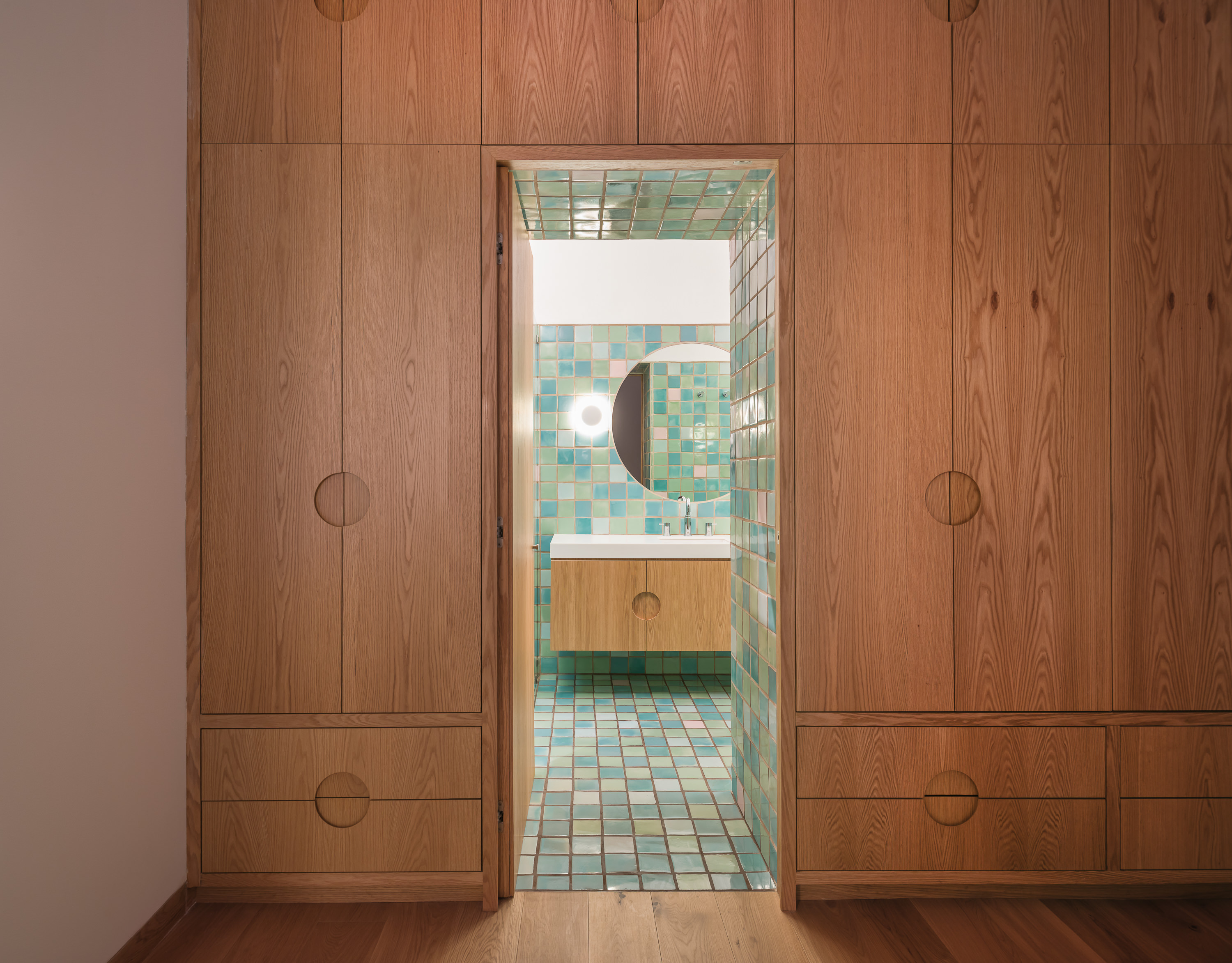
Receive our daily digest of inspiration, escapism and design stories from around the world direct to your inbox.
Harriet Thorpe is a writer, journalist and editor covering architecture, design and culture, with particular interest in sustainability, 20th-century architecture and community. After studying History of Art at the School of Oriental and African Studies (SOAS) and Journalism at City University in London, she developed her interest in architecture working at Wallpaper* magazine and today contributes to Wallpaper*, The World of Interiors and Icon magazine, amongst other titles. She is author of The Sustainable City (2022, Hoxton Mini Press), a book about sustainable architecture in London, and the Modern Cambridge Map (2023, Blue Crow Media), a map of 20th-century architecture in Cambridge, the city where she grew up.
-
 A tale of two Audis: the A5 saloon goes up against the A6 Avant e-tron
A tale of two Audis: the A5 saloon goes up against the A6 Avant e-tronIs the sun setting on Audi’s ICE era, or does the company’s e-tron technology still need to improve?
-
 Inside Christian de Portzamparc’s showstopping House of Dior Beijing: ‘sculptural, structural, alive’
Inside Christian de Portzamparc’s showstopping House of Dior Beijing: ‘sculptural, structural, alive’Daven Wu travels to Beijing to discover Dior’s dramatic new store, a vast temple to fashion that translates haute couture into architectural form
-
 A music player for the mindful, Sleevenote shuns streaming in favour of focused listening
A music player for the mindful, Sleevenote shuns streaming in favour of focused listeningDevised by musician Tom Vek, Sleevenote is a new music player that places artist intent and the lost art of record collecting at the forefront of the experience
-
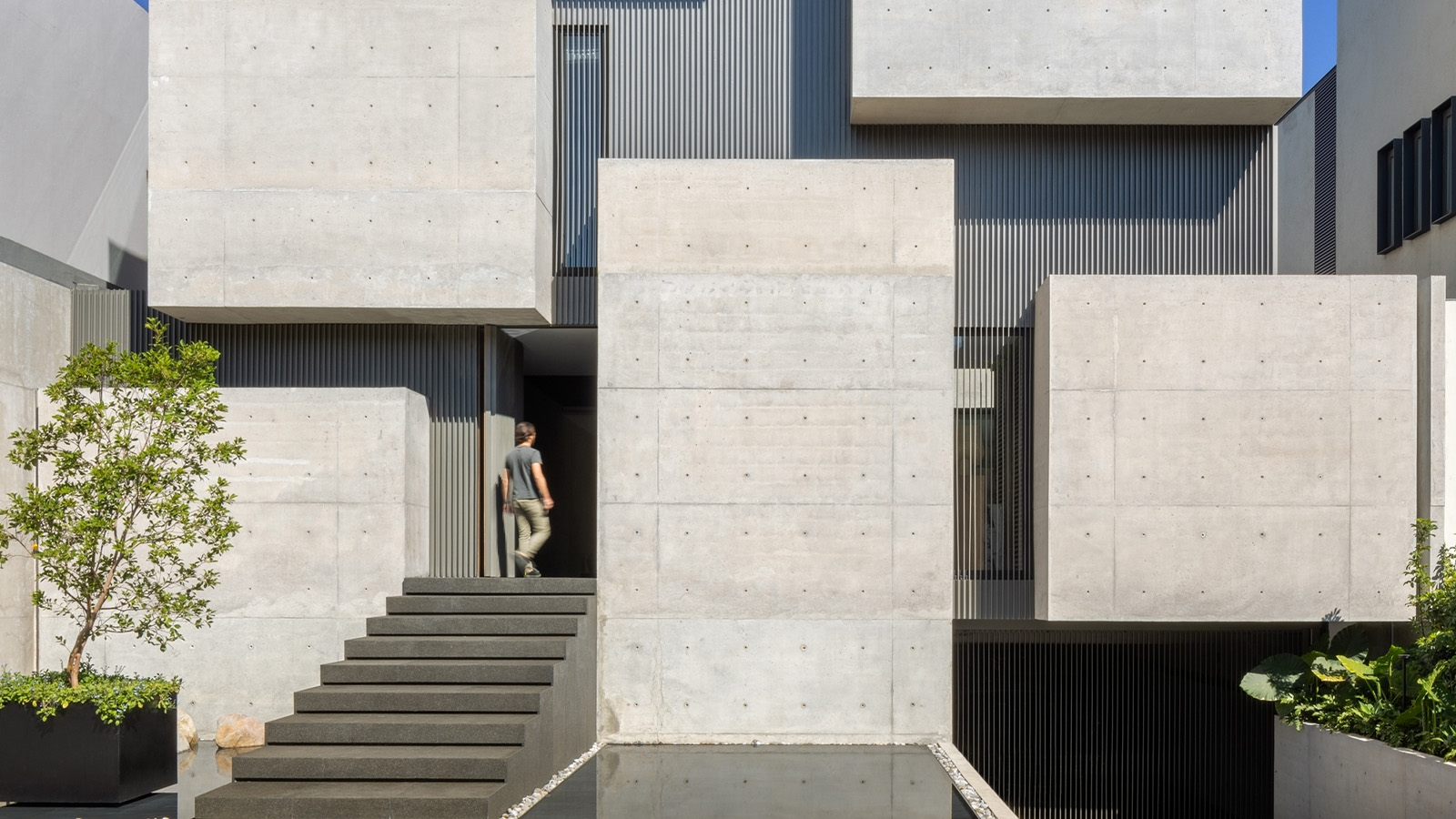 A cubist house rises in Mexico City, its concrete volumes providing a bold urban refuge
A cubist house rises in Mexico City, its concrete volumes providing a bold urban refugeCasa Ailes, a cubist house by Jaime Guzmán Creative Group, is rich in architectural expression that mimics the dramatic and inviting nature of a museum
-
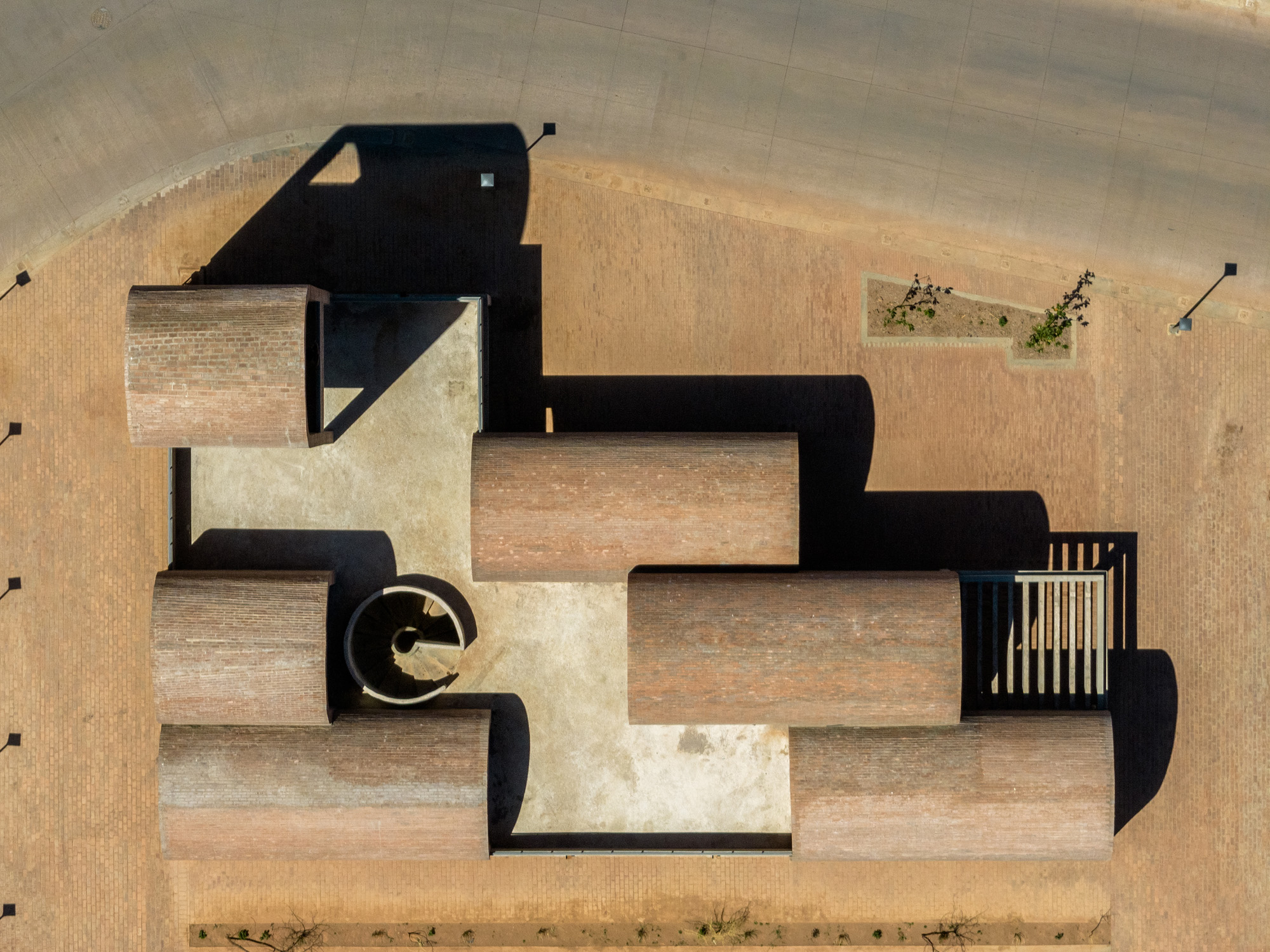 A Mexican town raises its game with Fernanda Canales’ Border Outlook
A Mexican town raises its game with Fernanda Canales’ Border OutlookBorder Outlook, a landmark community centre in northern Mexico designed by Fernanda Canales, goes above and beyond, giving hope to a region divided by the border wall
-
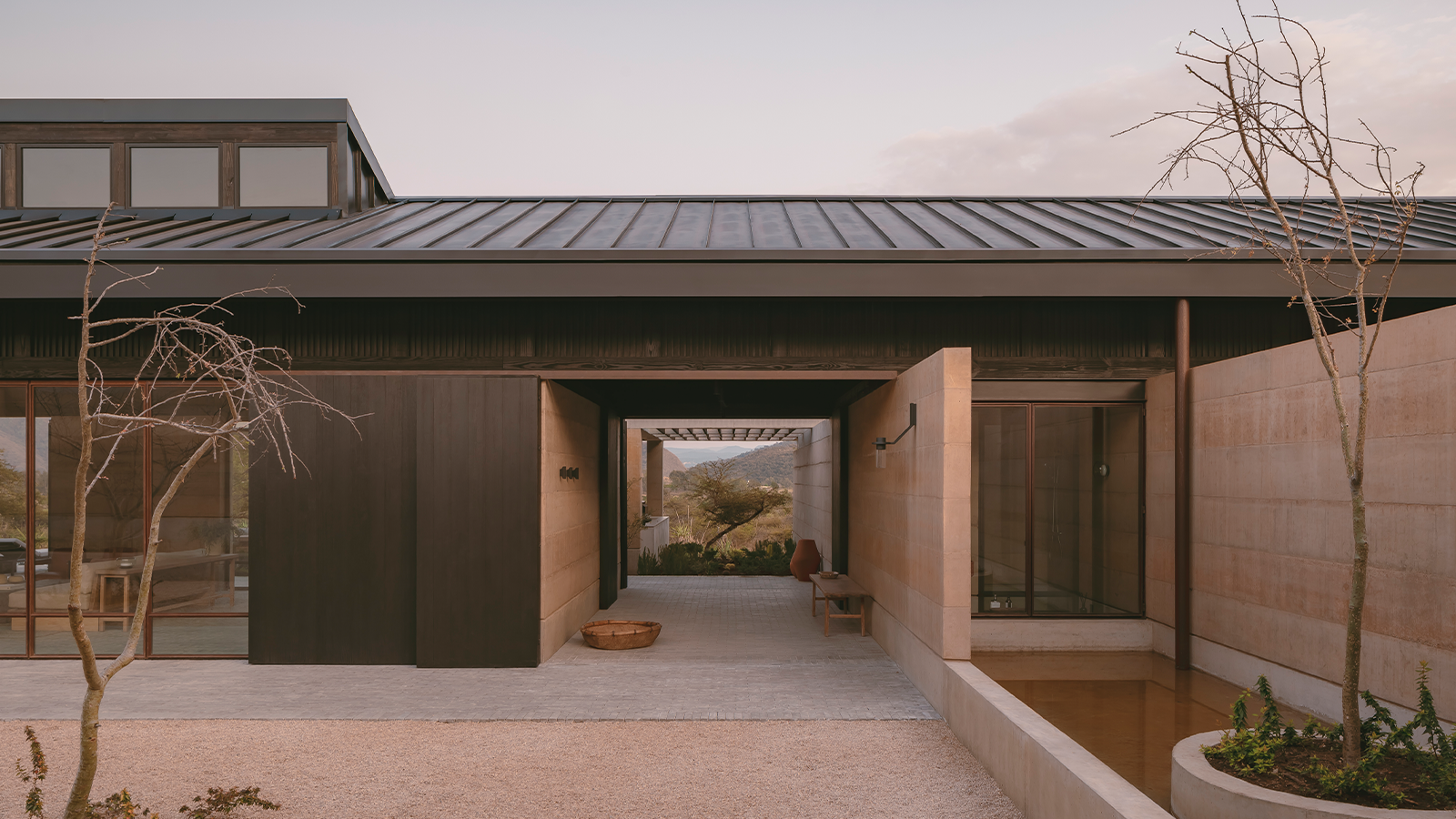 Serenity radiates through this Mexican home, set between two ravines
Serenity radiates through this Mexican home, set between two ravinesOn the cusp of a lakeside town, Mexican home Casa el Espino is a single-storey residence by Soler Orozco Arquitectos (SOA)
-
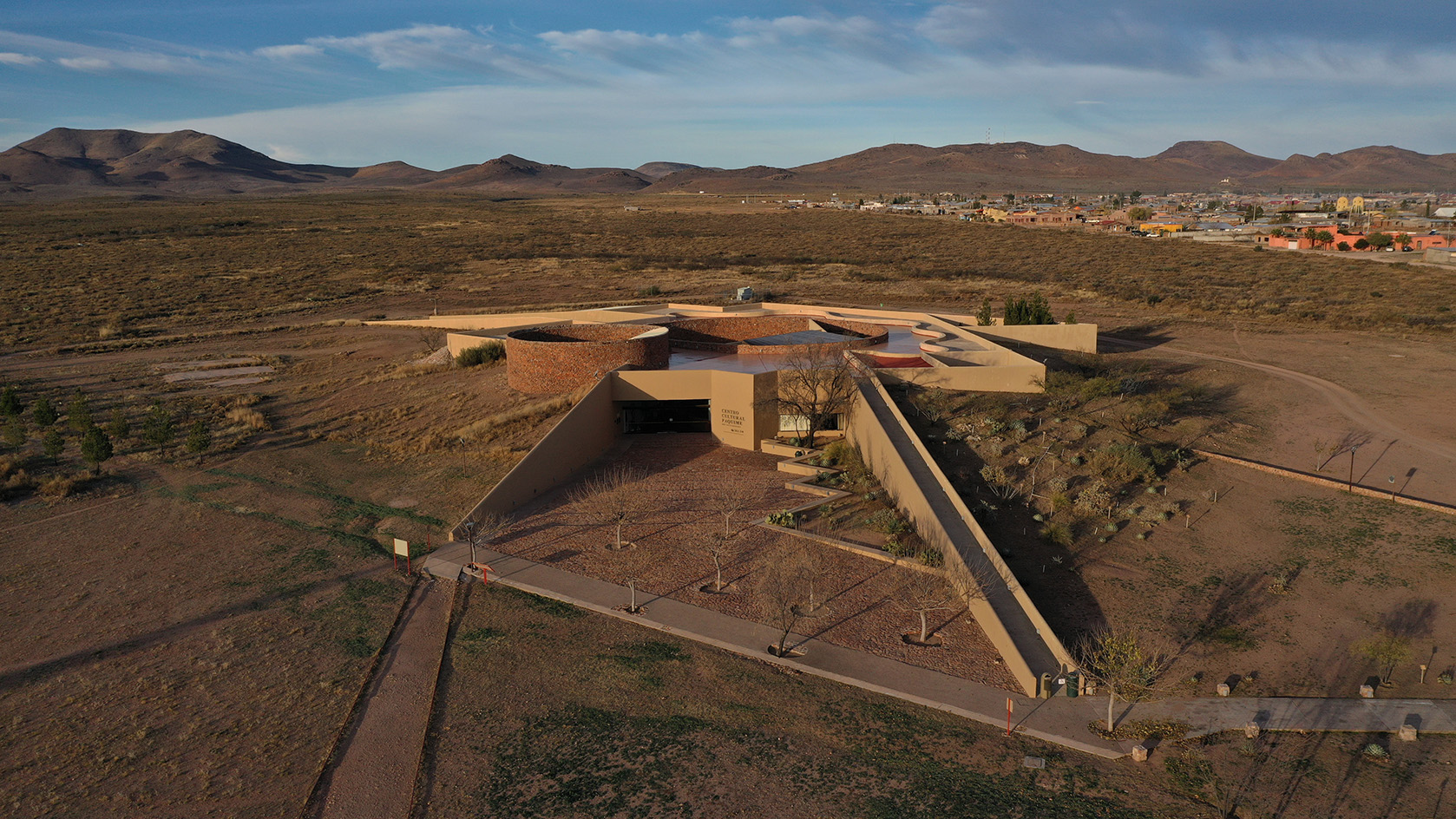 Mexican landscape architect Mario Schjetnan's Grupo de Diseño wins 2025 Oberlander Prize
Mexican landscape architect Mario Schjetnan's Grupo de Diseño wins 2025 Oberlander PrizeThe 2025 Oberlander Prize goes to Mexican landscape architect Mario Schjetnan and his studio, Grupo de Diseño, highlighting the creative's motto: 'We have a human right to open space'
-
 The Architecture Edit: Wallpaper’s houses of the month
The Architecture Edit: Wallpaper’s houses of the monthThis September, Wallpaper highlighted a striking mix of architecture – from iconic modernist homes newly up for sale to the dramatic transformation of a crumbling Scottish cottage. These are the projects that caught our eye
-
 A Mexican clifftop retreat offers both drama, and a sense of place
A Mexican clifftop retreat offers both drama, and a sense of placeCasa Piscina del cielo, a clifftop retreat by Zozaya Arquitectos, creates the perfect blend of drama and cosiness on Mexico's Pacific Coast
-
 Broken up into six pavilions, this brutalist Mexican house is embedded in the landscape
Broken up into six pavilions, this brutalist Mexican house is embedded in the landscapeSordo Madaleno’s brutalist Mexican house, Rancho del Bosque, is divided up into a series of pavilions to preserve the character of its hillside site, combining concrete, curves and far-reaching views
-
 The Architecture Edit: Wallpaper’s houses of the month
The Architecture Edit: Wallpaper’s houses of the monthWallpaper* has spotlighted an array of remarkable architecture in the past month – from a pink desert home to structures that appears to float above the ground. These are the houses and buildings that most captured our attention in August 2025